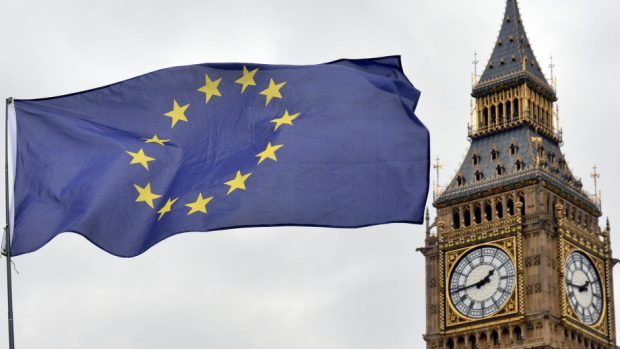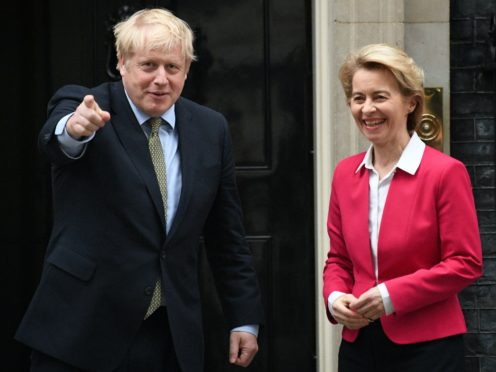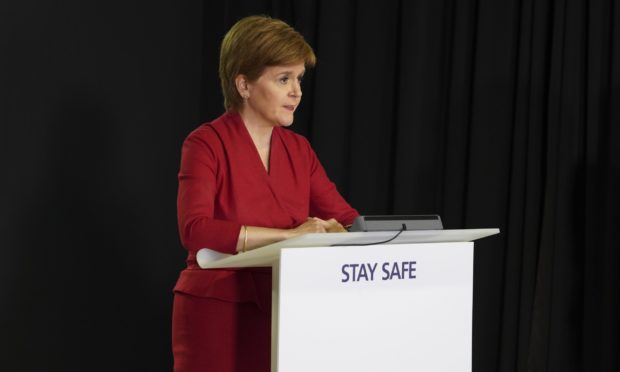Boris Johnson’s blueprint for a post-Brexit Britain caused consternation at home and abroad when it was published this week.
The prime minister’s Internal Market Bill has been described as an affront to international law and a vehicle to destroy devolution.
Away from the political theatre, we take a look at the background to the Bill, its purpose and its ramifications.
What is the Internal Market Bill and why is it needed?
When Britain joined the then-European Economic Community in 1973, we signed up to a collective approach to trade and standards.
That agreement eventually evolved into the Single Market, which stipulated that Brussels, with input from all member states, would set rules in myriad areas from food standards and aviation to pollution and fisheries to ensure a level playing field right across the EU.
When the UK voted to leave the EU in 2016, it also voted to leave the Single Market and, with it, all the rules and regulations.
Hence the need for the Internal Market Bill. It creates a new legal framework for Scotland, England, Wales and Northern Ireland and is designed to ensure there are no barriers to trade between the different parts of the United Kingdom.
It stipulates there must “mutual recognition”, so that goods or services sold or used in one part of the UK can be in another part of the UK.
It also promises Edinburgh, Belfast and Cardiff will be given new powers to create their own laws in 160 policy areas once the transition period is over.
What has caused the controversy?
The provision for mutual recognition has angered those in the devolved governments as it means they will have to accept goods and services from other parts of the UK, even if they have set different standards locally.
The fear, from the Scottish Government, is that the Westminster government could strike a trade deal and allow low-quality products into the country, which it would be powerless to stop. Downing Street has consistently tried to offer reassurances that “there will be no degradation in food standards” following Brexit.
There is also anger in Scotland over section 46 of the Bill, which gives Westminster the power to spend in devolved areas.
The clause is there to replace EU structural funds, which for decades have redistributed money to local communities.
Under the clause, London will be able to invest in water, electricity, gas, telecommunications, sewerage, railway facilities, roads or other transport facilities, health, educational, cultural or sports facilities and court or prison facilities and housing in Scotland.
The SNP have said this makes a “mockery” of devolution, but Number 10 have said it is a “win, win” for communities.
How might this be resolved?
We have seen this row play out once already, during the Brexit process, and things could easily go the same way again.
Last time around, the Scottish Parliament refused to give devolved consent to Westminster’s EU Withdrawal Act, and passed its own legislation through Holyrood – only to see it struck down by the Supreme Court.
This time, ministers are gearing up to refuse consent for the UK bill, have tabled their own legislation, and say they are ready to go to court.
Are there any other issues with the Bill?

Yes, the Bill hit international headlines when it became clear Downing Street wanted to use it to sideline some of the commitments in last year’s Brexit treaty with the EU.
Specifically, the Bill looks to alter the agreement on the Northern Ireland customs protocol.
Under the current protocol, Northern Ireland will continue to follow some EU rules in order to avoid checks along the Irish border and firms trading from Great Britain to Northern Ireland must pay customs duties on any goods that are “at risk” of entering the EU later on.
The UK now plans to give its own ministers the final say on what these goods are. At the moment, the definition of “at risk” will be arrived at by a Joint Committee of both the EU and UK.
The UK plans to change the law, so UK ministers would have the ultimate power to set which goods are “at risk”. That could mean a whole load of goods no longer having EU customs duties paid when they cross the Irish Sea.
There are also plans to scrap the need for export summary declarations (paperwork that firms trading from Northern Ireland to Great Britain need to fill in).
Who will police the new UK internal market?
The Bill talks of an Office for the Internal Market (OIM), to support the smooth running of trade within the United Kingdom.
The body will sit within the Competition and Markets Authority (CMA) and provide independent, technical advice to parliament and the devolved administrations on regulation that may damage the UK’s internal market.
It will be unable to rule on disputes between the devolved and Westminster governments, however. Earlier this summer business minister Lord Callanan said it would be for “the court system” to rule on any such disputes.


